Lighting plays a crucial role in shaping the ambiance of a home, but not all trends stand the test of time. While some lighting choices can enhance a space, others quickly become sources of frustration, regret, and expensive replacements. From overly harsh LEDs to outdated track lighting, many homeowners are discovering that what once seemed stylish or innovative doesn’t always translate to long-term practicality. Before committing to the latest fad, take a look at these lighting trends that might leave you blinded with regret.
Overly Harsh LED Downlights
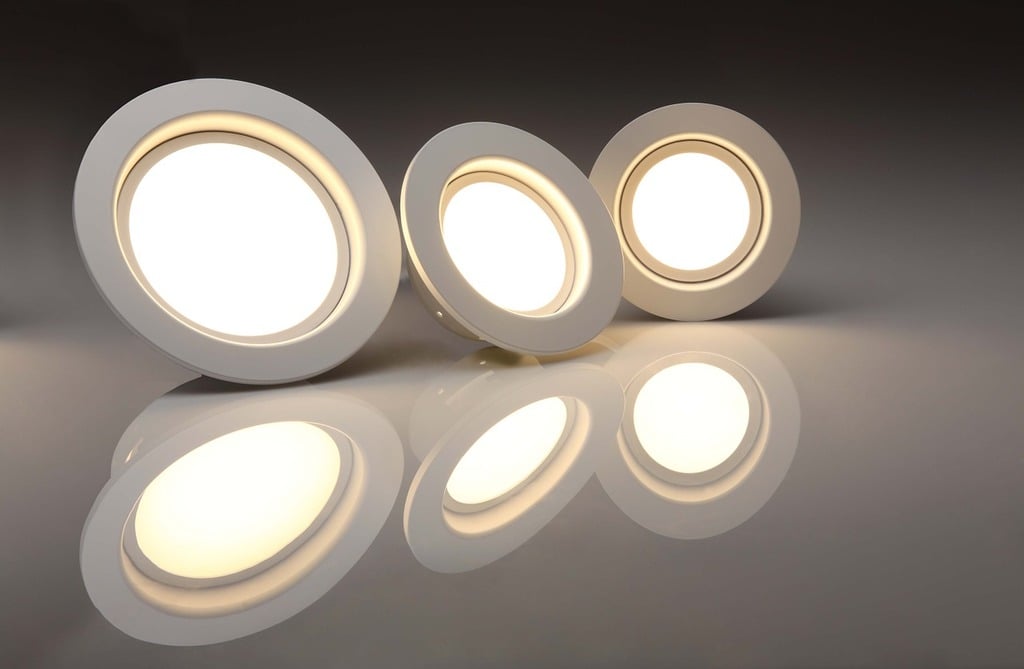
Bright, cool-toned LED downlights seemed like a great energy-efficient choice, but they can make a space feel clinical and uninviting. Many homeowners regret installing ultra-bright LEDs that cast unflattering shadows and wash out natural colors in their home. While they work well in offices and commercial spaces, they often create a stark, hospital-like effect in living areas. A better alternative is opting for warm white or dimmable LEDs to maintain ambiance without sacrificing efficiency.
The biggest issue with harsh LEDs is their inability to create warmth, which is essential in cozy spaces like bedrooms and living rooms. Many people now find themselves replacing these fixtures or adding softer lighting elements to balance the effect. If your home feels cold and sterile, your lighting may be to blame. Investing in warm, layered lighting can transform your space without a full renovation.
Statement Chandeliers That Overwhelm the Room
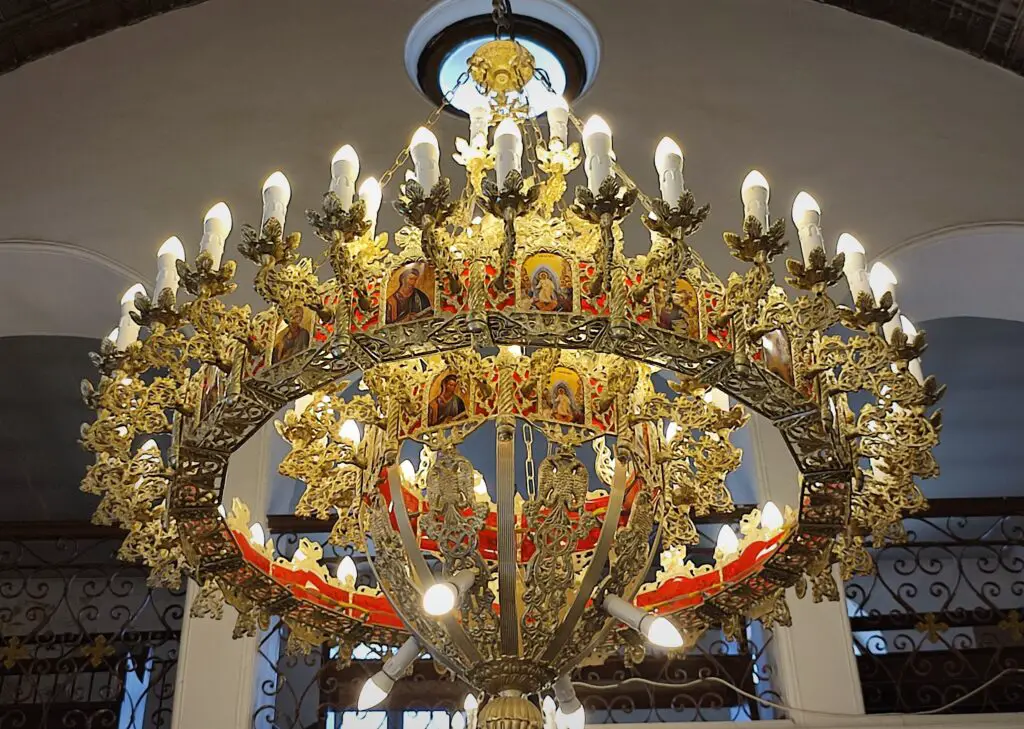
An oversized, dramatic chandelier can look stunning in a showroom, but in a standard home, it often feels overwhelming. Many homeowners regret installing chandeliers that are too large for their space, creating an unbalanced, cluttered look. Instead of enhancing the room’s elegance, an oversized fixture can dominate the space and make ceilings appear lower than they actually are. The cost of removal and replacement can be significant, making this an expensive mistake.
Proper scale is key when choosing a chandelier, and many regret not measuring before buying. A fixture that looks perfect in a grand foyer might overpower a modest dining room. Many people now prefer minimalist, proportional lighting solutions that complement their space rather than control it. If you’re considering a bold chandelier, double-check its dimensions before committing.
Exposed Bulbs Without Proper Diffusion
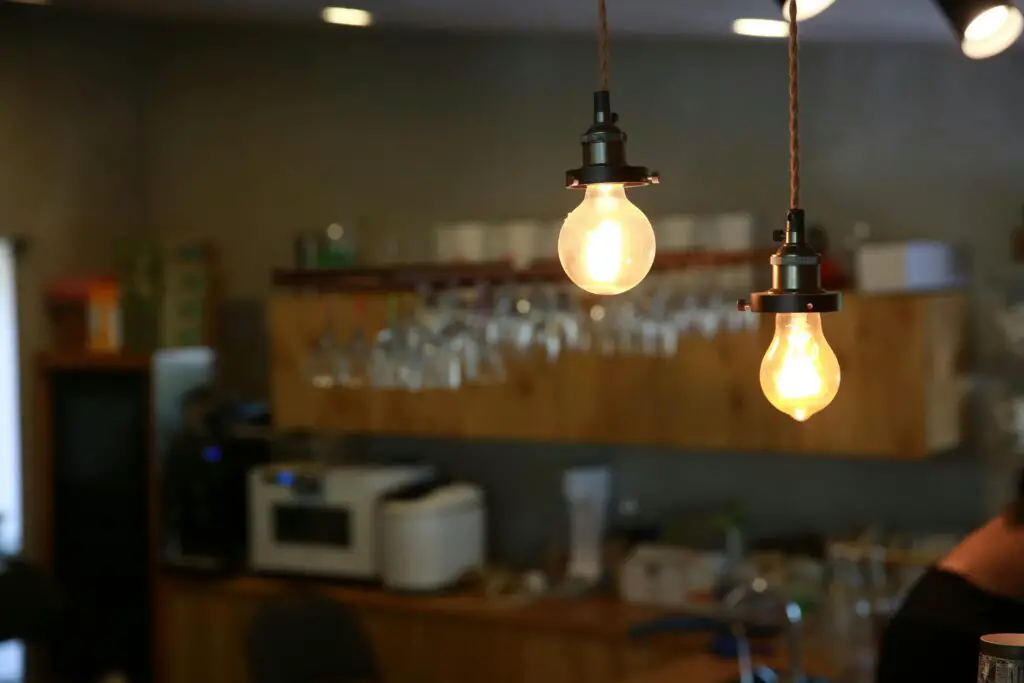
Industrial-style exposed bulbs were all the rage for a time, but they often produce harsh glare that strains the eyes. Many homeowners quickly realized that bare bulbs, especially Edison-style ones, can create an unpleasant lighting experience when used excessively. Without proper diffusion, they cast harsh shadows and make it difficult to focus, especially in spaces like kitchens and home offices. What looked effortlessly stylish on Pinterest often ends up being impractical in real life.
A well-lit room relies on balance, and exposed bulbs rarely offer enough versatility. Many homeowners regret not adding shaded fixtures or softer lighting sources to diffuse brightness. While a few accent bulbs can add character, relying on them as the main source of light often leads to frustration. If you love the industrial look, consider fixtures with frosted or diffused glass to maintain the aesthetic without the glare.
Recessed Lighting Overload
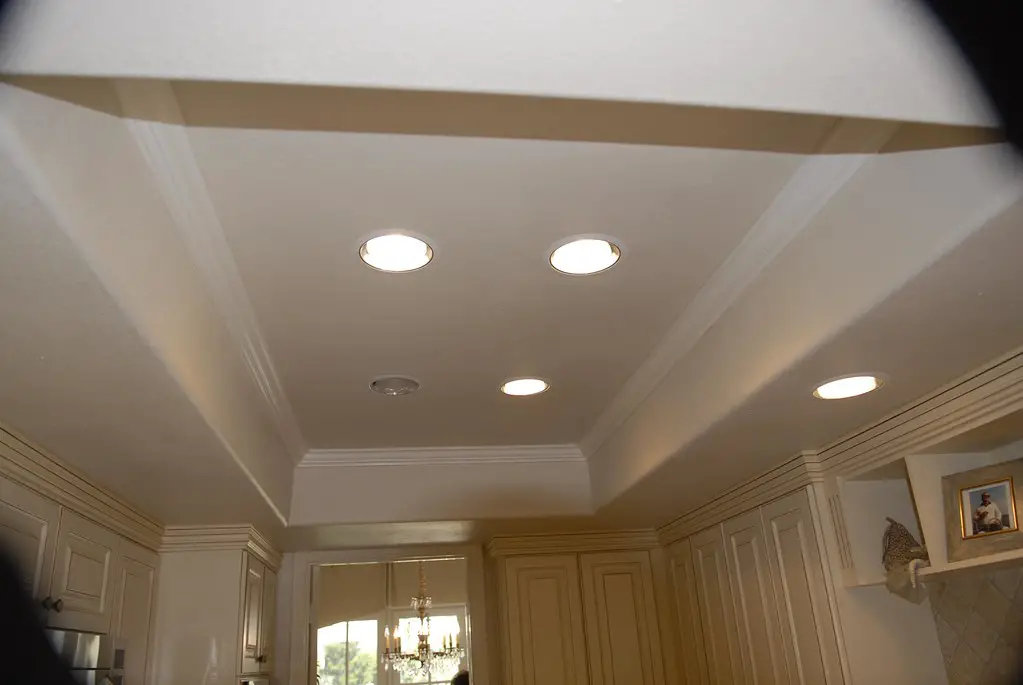
Recessed lighting can provide clean, modern illumination, but too much of it turns a ceiling into Swiss cheese. Many homeowners regret installing excessive recessed lights, creating an overly bright and uninviting atmosphere. The cost of wiring multiple fixtures adds up quickly, and once they’re in, removing them isn’t simple. Instead of providing targeted lighting, too many recessed lights can flatten a room’s aesthetic and eliminate cozy shadows.
A better approach is balancing recessed lighting with other light sources, like floor lamps and sconces. Many homeowners now opt for strategically placed fixtures rather than a grid-like layout that mimics a showroom. Over-reliance on recessed lighting can also contribute to excessive electricity use, counteracting its initial appeal. Thoughtful placement and layering ensure a well-lit space without overdoing it.
Smart Bulbs That Are More Hassle Than Help

Smart lighting seems futuristic, but for many homeowners, it turns into a frustrating tech headache. Connectivity issues, app malfunctions, and compatibility problems make smart bulbs more trouble than they’re worth. Some users find themselves constantly troubleshooting connections instead of enjoying the convenience they expected. What starts as a high-tech upgrade can quickly feel like a downgrade when lights fail to respond as needed.
Another common regret is that smart bulbs require consistent updates and can become obsolete as technology advances. If the app or system becomes unsupported, the entire setup can become useless. Many homeowners now prefer smart switches over smart bulbs, offering control without the reliance on individual Wi-Fi connections. Before investing in a full smart lighting system, consider whether you’ll actually use all the features.
Track Lighting That Feels Outdated and Harsh
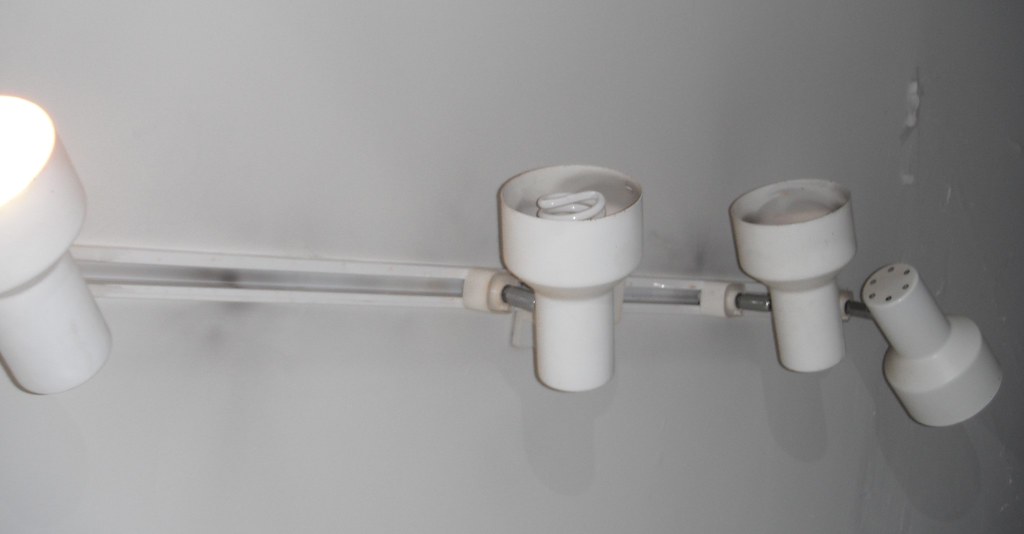
Track lighting was once a popular way to add adjustable lighting, but many homeowners now regret its dated look. The exposed metal tracks often clash with modern decor, creating a cluttered and industrial feel. While adjustable heads provide some versatility, they can cast unflattering shadows when positioned poorly. Many people find that track lighting creates uneven illumination, making it difficult to achieve the right ambiance.
A more modern alternative is rail or cable lighting, which offers similar flexibility but with a sleeker design. Many homeowners now opt for recessed, pendant, or wall-mounted lighting instead of bulky track systems. Updating old track lighting often requires significant rewiring, adding to the cost and inconvenience. If you’re considering track lighting, make sure it complements the rest of your home’s style before committing.
Colored LED Strip Lights That Look Gimmicky
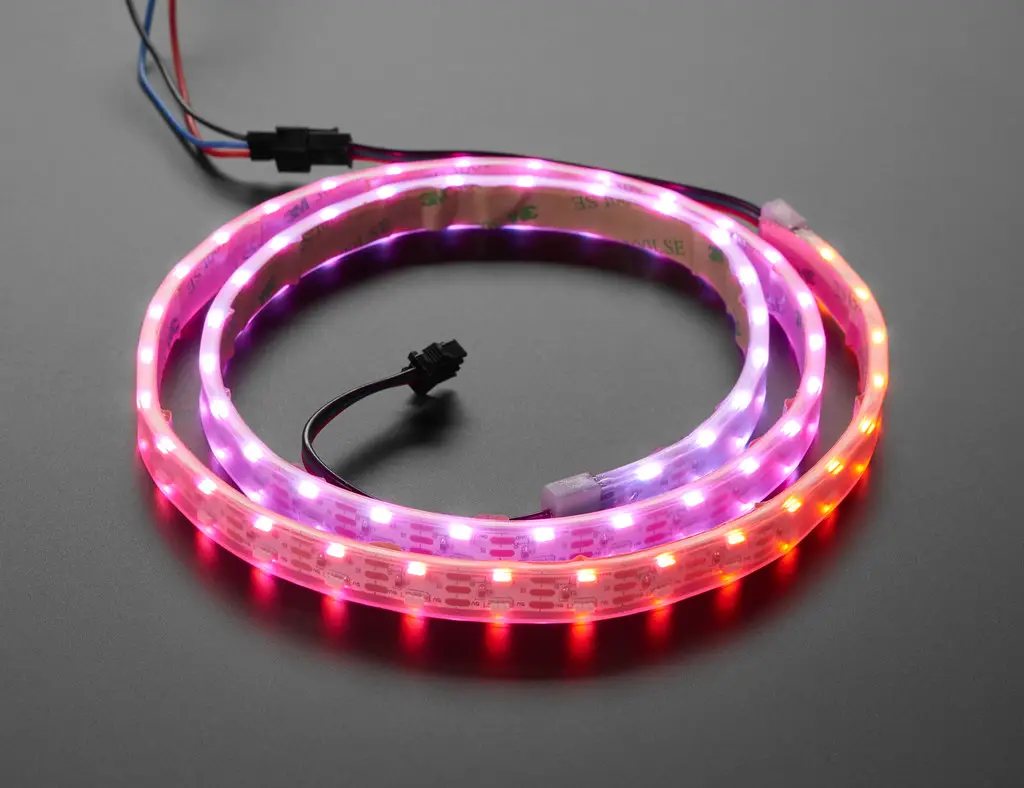
LED strip lighting became a huge trend, especially in gaming setups and under-cabinet accents, but it’s easy to overdo. Many homeowners regret installing overly bright, multicolored LED strips that clash with their decor. While fun in small doses, excessive use can make a space look more like a nightclub than a cozy home. Poor-quality LED strips can also burn out quickly or develop an inconsistent glow, leading to frustration.
A smarter approach is using warm white or subtly colored LED strips for accent lighting. Soft backlighting behind TVs, bookshelves, or under cabinets can add a modern touch without overwhelming the space. Many homeowners now replace harsh, neon-like strips with softer options that blend better with their interiors. If you’re drawn to LED strips, consider how they’ll age with your home’s design before installing them everywhere.
